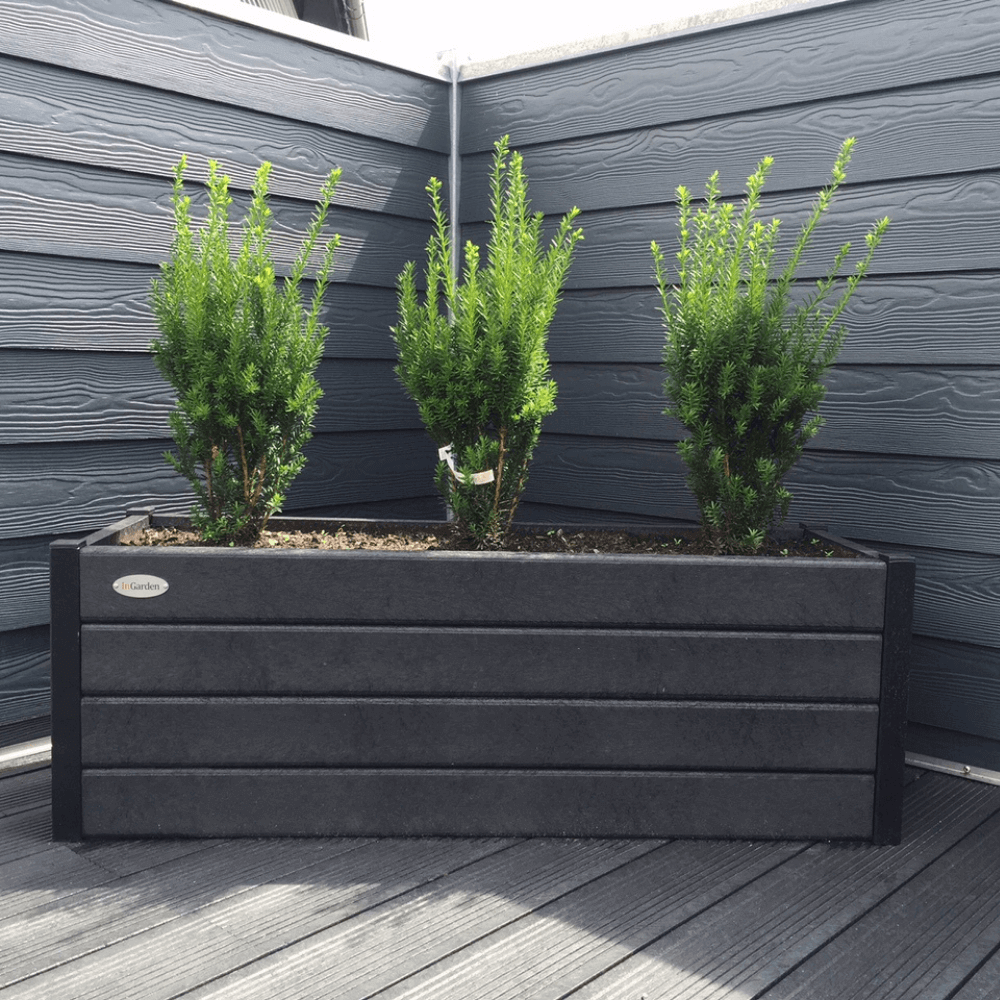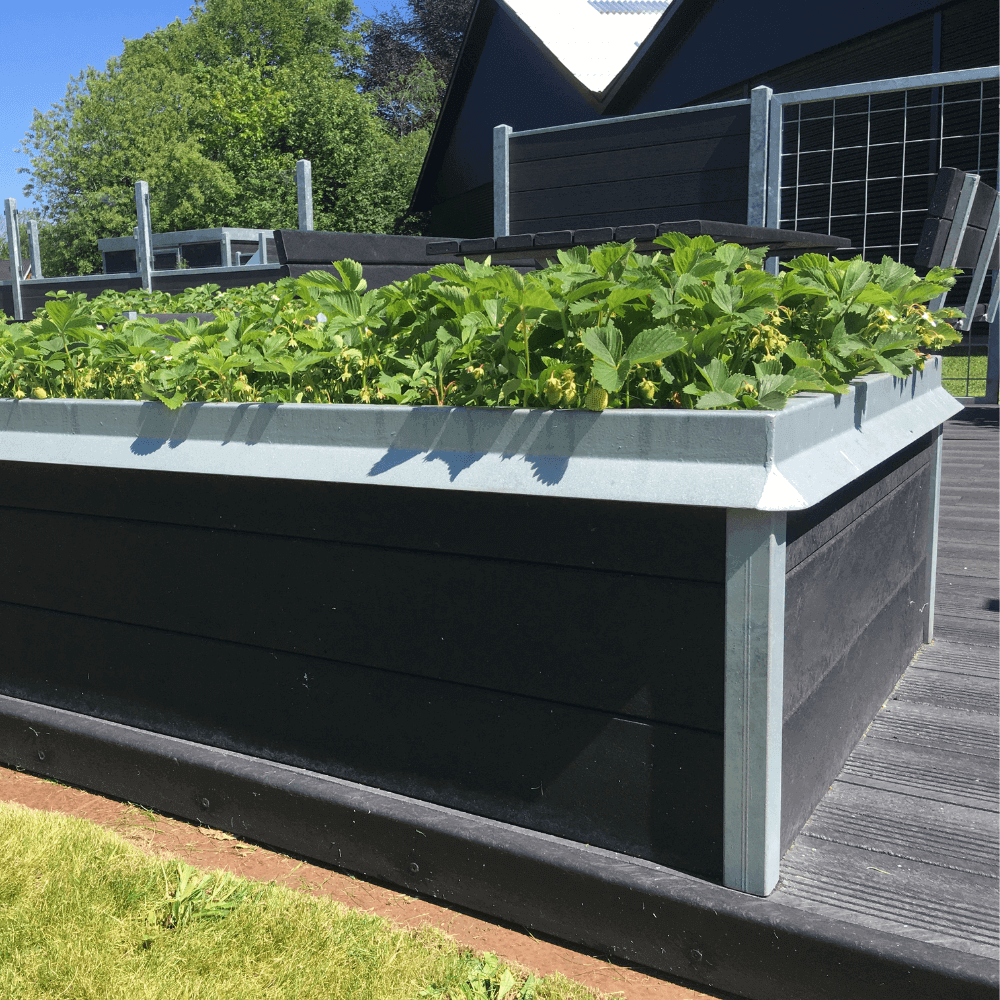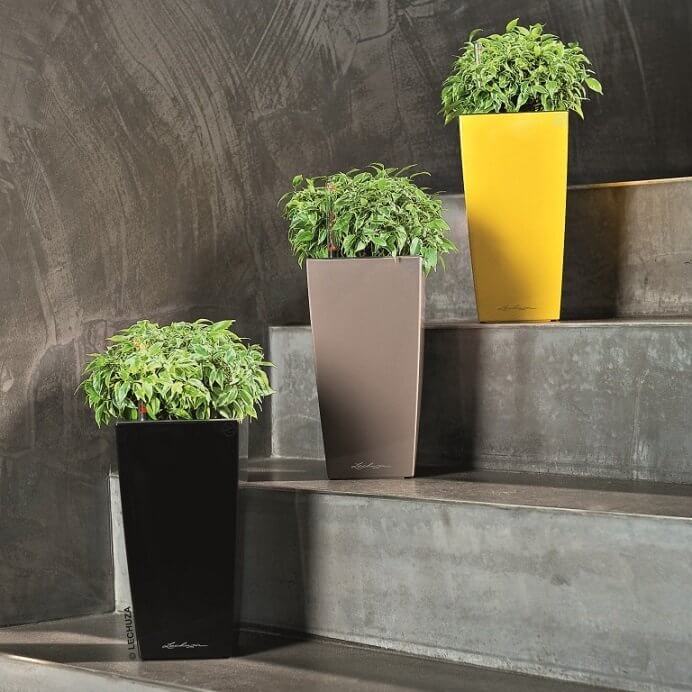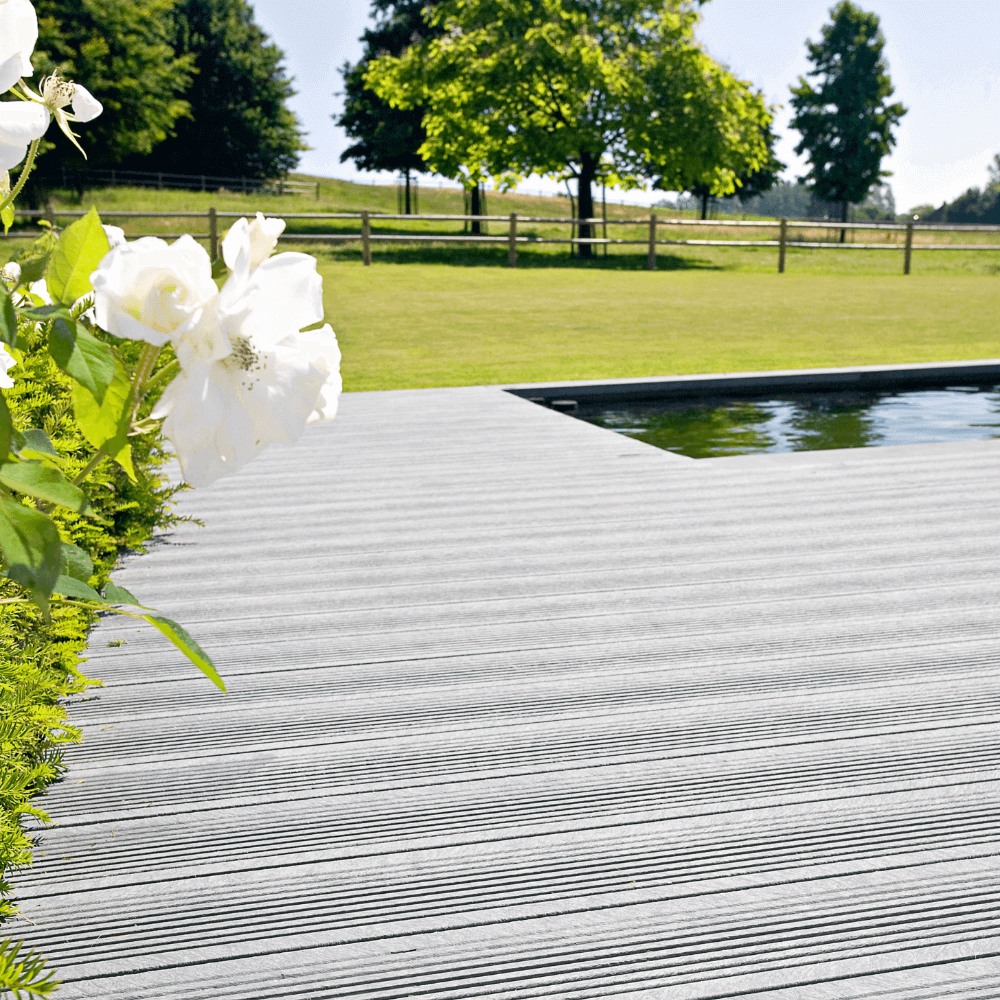From the beginning, the kitchen garden's beds have been nourished in the form of compost, but some of the crops need an extra supplement of nitrogen during the season to develop optimally. Here in the mini kitchen garden, it is especially about the leeks and cabbages, which have the great pleasure of being fertilized once a month from July to September.
Here is a "fertilizer tea" made from chicken manure and water in the ratio 1: 100, which has lasted a few days. If you do not have chickens, there are several types of organic fertilizers at nurseries and DIY stores - and finally you can make a completely free and excellent nitrogen fertilizer with diluted urine in the ratio 1:10.
In the bed of leeks and carrots, it is the leeks that should have the supplement. Fortunately, there is an insect net over the bed, because the smell of dung is very attractive to the carrot fly. Therefore, there is also the water in the middle of the afternoon, as the carrot fly only flies out towards evening.

The reverse is true with the savoy cabbage: here the cabbage fly stops flying early in the evening, so the net and the water have only been lightened at 8 pm.

The cabbages grow quickly here in the heat, where the large leaves soon close off mostly light to the salads, which were planted at the same time as the cabbages. However, small salad heads for the lunch table can probably be made.

The cucumbers now begin to grow in the bed with the stalk beans, so they are now bent towards the stalks and given a piece of twine around to be held in place. Behind the cucumber are the first beans, and at the same time there is now a hint of approach to the first cucumber.

It is not only the cucumbers that need to be tied up - the peas are now over 2 meters high, and if there is a little windy weather, it is not a given that the peas' catch threads are strong enough for the plants to hold on to the stand. Therefore, a string must be tied around the peas at least one and a half meters high, and they get another string at the top when the plants grow up over the stand.

At the same time as the tying up, it turned out that the first peas could also be picked as a treat in the middle of all the gardening. There are only between 5 and 7-8 peas per pod, but in return they are quite large and unusually tasty.
Written by Peter Norris, July 12, 2018









-1.backdrop.png)


-1.backdrop.png)







